Tips for Booking a DIY Fishing Safari in Australia’s Outback
Australia’s Outback offers some of the most pristine and untouched fishing spots in the world, where anglers can chase barramundi, saratoga, sooty grunter, and many other unique species found nowhere else on Earth. Planning a DIY fishing safari through these remote territories combines adventure with the thrill of landing trophy fish in spectacular wilderness settings. However, navigating the vast Outback requires careful preparation, local knowledge, and respect for both the environment and indigenous cultures. This guide will walk you through everything you need to know to plan an unforgettable self-guided fishing expedition into Australia’s rugged heart, from selecting the right locations and timing to essential gear and safety considerations.
Understanding Australia’s Outback Fishing Seasons
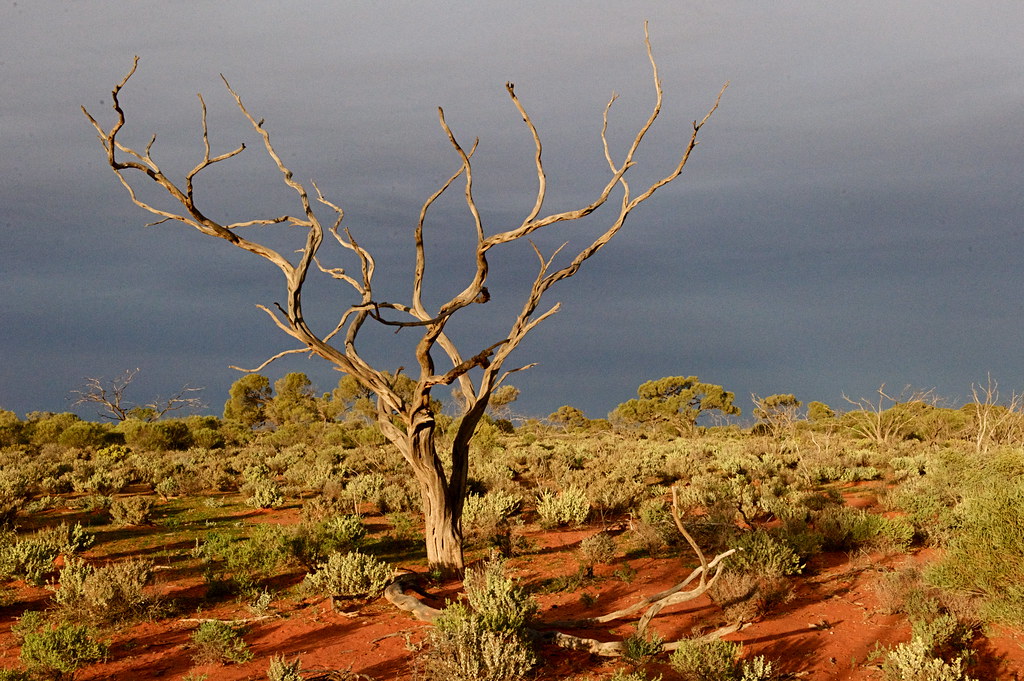
Australia’s Outback experiences dramatic seasonal changes that directly impact fishing conditions and accessibility. The wet season (November to April) brings monsoonal rains that flood rivers and create extensive wetlands, making many areas inaccessible but also triggering fish breeding cycles. During the dry season (May to October), water levels recede, concentrating fish in billabongs and permanent waterholes, often making them easier to target. Temperature variations can be extreme, with scorching days exceeding 40°C (104°F) in summer months and cool nights during winter, particularly in central Australia. Understanding these seasonal patterns is crucial when planning your trip, as they determine not only the species you’ll encounter but whether certain locations will even be reachable by vehicle.
Choosing Your Outback Fishing Destination
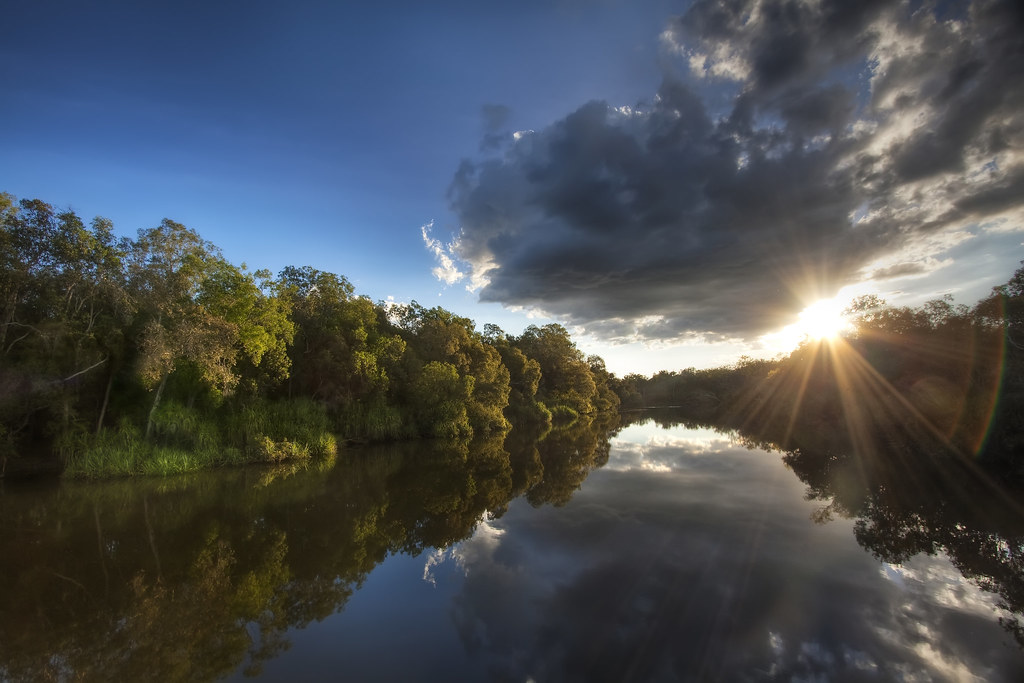
The Australian Outback encompasses vast regions with dramatically different fishing opportunities across multiple territories and states. The Northern Territory’s Top End offers legendary barramundi fishing in places like Kakadu National Park, the Daly River, and Arnhem Land, where meter-plus trophy fish are possible. Queensland’s Gulf Country provides access to remote river systems like the Mitchell and Gilbert Rivers, while the Kimberley region in Western Australia features spectacular gorges and rivers teeming with barramundi, mangrove jack, and threadfin salmon. Central Australia offers surprising fishing opportunities in permanent waterholes of normally dry river systems, where introduced species like redclaw crayfish and native fish such as yellowbelly can be targeted. Research each region’s specific regulations, accessibility, and target species before committing to your destination.
Required Permits and Licenses
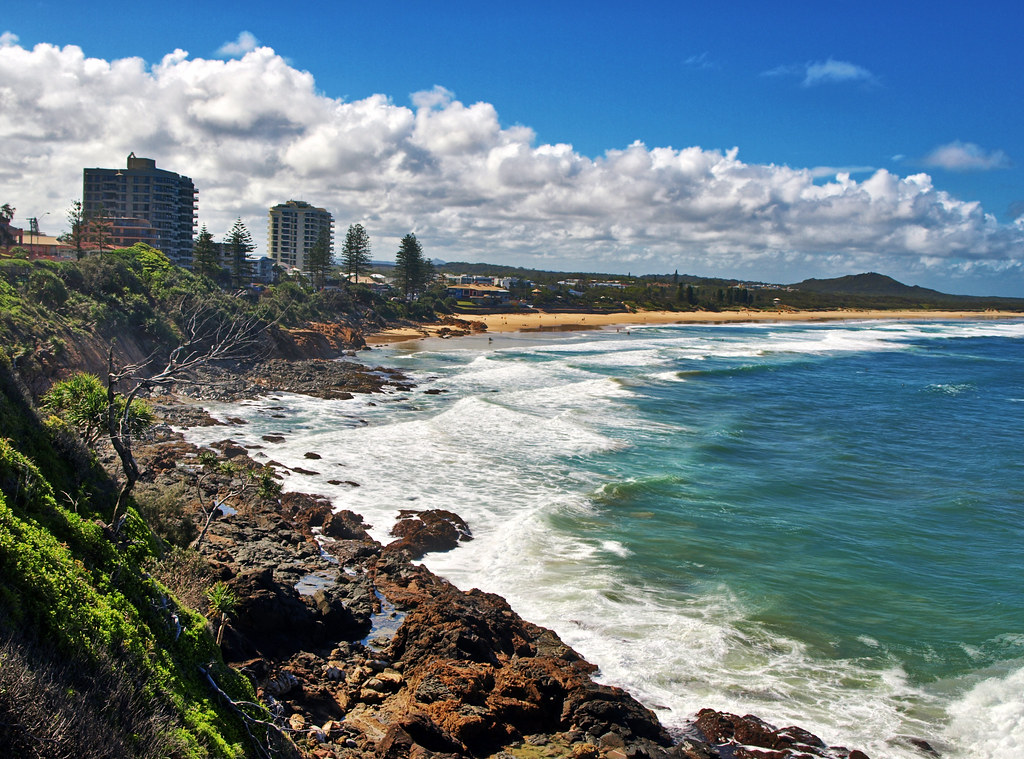
Navigating Australia’s fishing regulations requires advance planning and understanding of various jurisdictional requirements. Recreational fishing licenses are mandatory in most states, with Queensland, Victoria, New South Wales, and Tasmania all requiring permits that can typically be purchased online before your trip. The Northern Territory and South Australia currently don’t require recreational fishing licenses for most waters, though this can change, so always verify current requirements. Separate permits are often needed for accessing indigenous lands, national parks, and certain protected waterways, with these sometimes needing to be secured months in advance, particularly for popular areas or during peak seasons. Additionally, some remote regions may have bag limits, size restrictions, and seasonal closures that differ from coastal regulations, so thoroughly research the specific rules for your chosen destination.
Essential Vehicle Preparation

A reliable 4WD vehicle is non-negotiable for any serious Outback fishing expedition, as many prime fishing locations lie well beyond sealed roads. Before departure, your vehicle should undergo a comprehensive service with particular attention to cooling systems, suspension, and tires, as breakdowns in remote areas can become dangerous situations. Carrying essential spares is critical: include at minimum two spare tires, basic tools, fan belts, radiator hoses, engine oil, and transmission fluid. Communication equipment should include a satellite phone or personal locator beacon (PLB), as mobile coverage is non-existent in most remote fishing areas. Fuel calculations must account for increased consumption on rough tracks, with a general rule of carrying at least 50% more fuel than your expected usage, plus emergency reserves.
Accommodation Options in the Outback
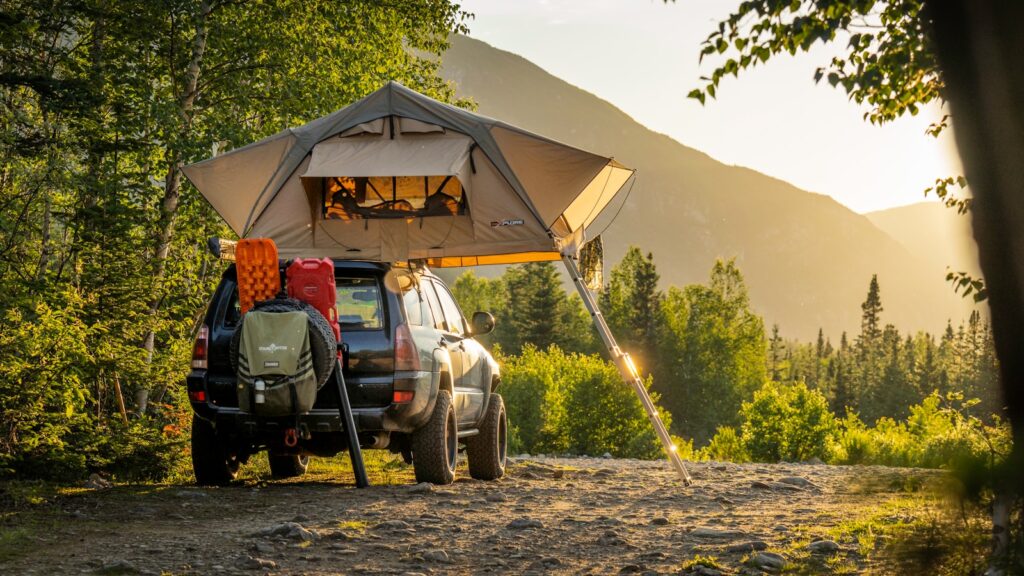
Accommodation choices for Outback fishing trips range from fully self-sufficient camping to utilizing remote outposts and stations. Self-sufficient camping requires quality equipment designed for extreme conditions, including heavy-duty tents or roof-top tents that can withstand sudden storms and provide protection from the elements and wildlife. Station stays offer a middle ground, with many cattle stations providing basic accommodation, camping areas with facilities, and local knowledge about fishing spots on their properties. For those seeking more comfort, fishing lodges operate in several prime Outback fishing regions, though these typically need booking well in advance and can be significantly more expensive than self-guided options. When camping, always follow leave-no-trace principles and be aware that permits may be required for camping in national parks and on indigenous lands.
Essential Fishing Gear for Outback Conditions

Outback fishing demands equipment that can withstand harsh conditions while being versatile enough to target multiple species. For barramundi and other larger predatory species, bring medium-heavy baitcasting or spinning setups with 20-40lb line, along with a selection of hard-bodied lures, soft plastics, and surface lures in bright colors that work well in often turbid waters. For smaller species, a medium spinning setup with 8-15lb line offers versatility across various fishing situations. Protection from the elements is crucial, so invest in quality polarized sunglasses, wide-brimmed hats, UPF 50+ long-sleeved shirts and pants, and sturdy footwear suitable for wading rocky terrain. Storage considerations are important too – waterproof tackle boxes or bags protect your gear from dust, water, and humidity, while rod tubes prevent damage during rough transit on corrugated roads.
Water and Food Planning

Proper water management is literally a matter of life and death in the Outback, where temperatures regularly exceed 40°C (104°F) during summer months. Calculate a minimum of 5 liters of drinking water per person per day, plus additional water for cooking, cleaning, and emergency reserves – then add a 50% buffer to this calculation. Water purification options should include both filtration systems and chemical treatments for emergency use if stored water becomes contaminated or depleted. Food planning should emphasize non-perishable items supplemented with properly stored fresh provisions, with particular attention to preventing spoilage in extreme heat. Many anglers incorporate catch-and-cook into their meal plans, but always have backup food in case fishing is unsuccessful, and understand that in many remote areas, the nearest resupply point could be hundreds of kilometers away.
Safety Considerations and Emergency Planning
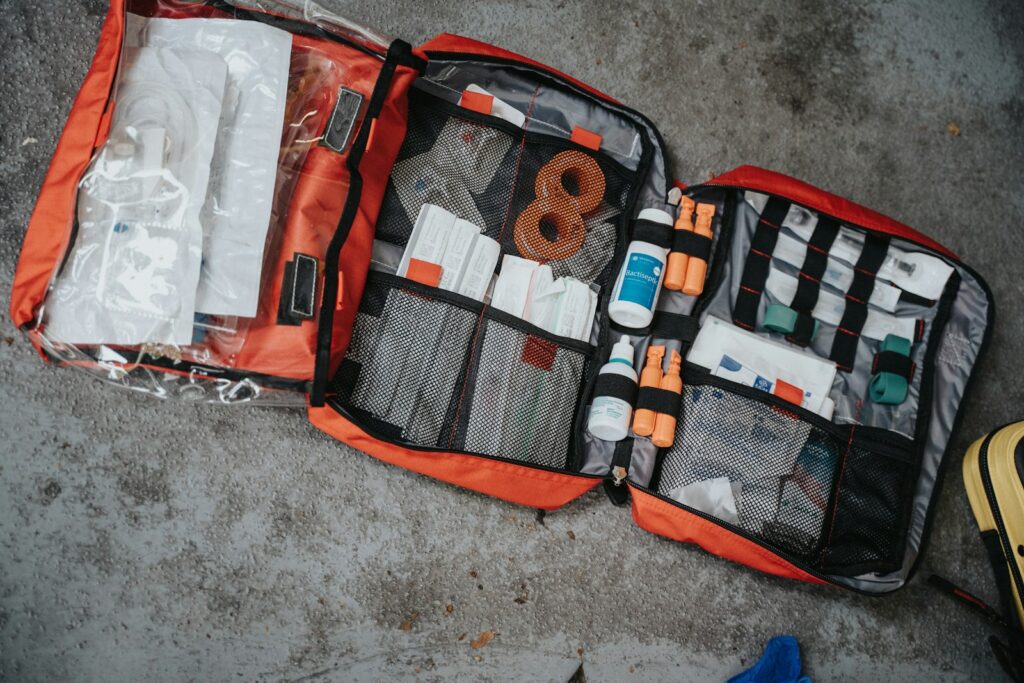
Safety planning for remote Outback fishing requires thorough preparation for various emergency scenarios. Create a detailed trip plan that includes your route, expected camping locations, and return date, and share this with at least two reliable contacts who will alert authorities if you don’t check in on schedule. A comprehensive first aid kit should include treatments for specific Outback hazards: pressure bandages for snake bites, pain management for fish spine punctures, and rehydration solutions for heat-related illnesses. Communication redundancy is essential, with a satellite phone and personal locator beacon (PLB) being minimum requirements once beyond cellular coverage. Weather monitoring capabilities are crucial, as flash flooding can transform dry riverbeds into raging torrents within hours, while extreme heat events can make outdoor activities dangerous or even fatal without proper precautions.
Understanding Wildlife Hazards
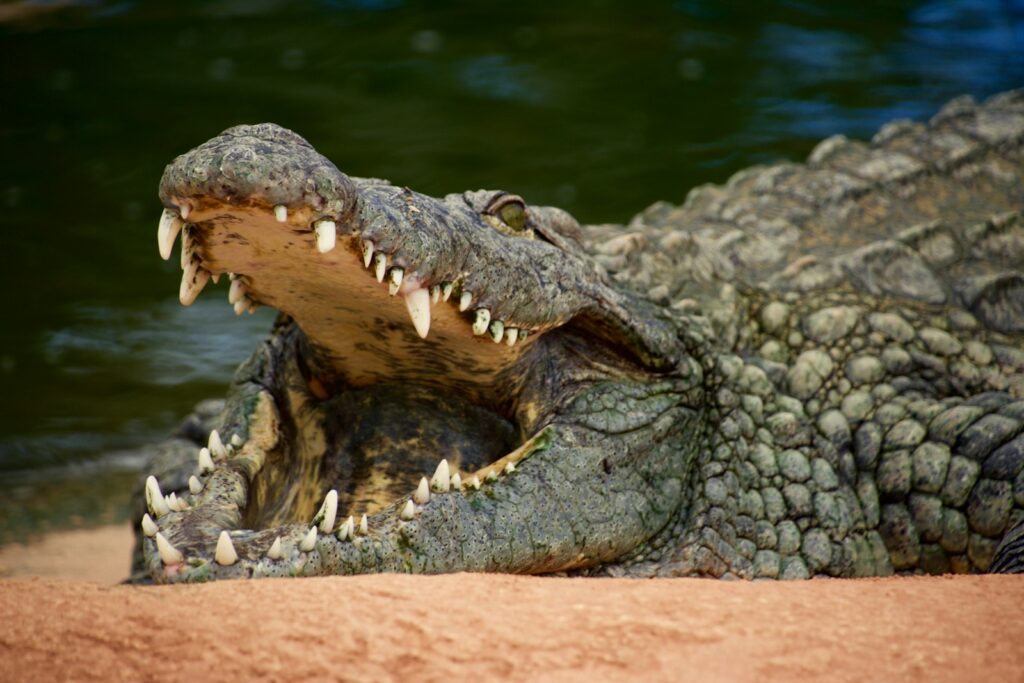
Australia’s Outback harbors various wildlife that requires specific awareness and respect, particularly when near waterways. Saltwater crocodiles represent the most serious threat in northern Australia’s waterways, capable of attacking with little warning – never swim in crocodile habitat, maintain distance from water edges, and always check with local authorities about crocodile presence. Venomous snakes are common throughout the Outback, including eastern browns, taipans, and death adders, making sturdy boots and vigilance essential when walking through vegetation. Other hazards include bullrouts (freshwater stonefish) whose venomous spines cause excruciating pain if stepped on, box jellyfish in coastal river mouths during warmer months, and mosquitoes and sandflies that can transmit diseases and cause severe discomfort. Learning to identify these animals and understanding appropriate first aid for encounters is an essential part of trip preparation.
Booking with Indigenous Tour Operators

Indigenous-owned fishing tours offer unparalleled opportunities to access exceptional fishing spots while learning about traditional fishing techniques and cultural connections to waterways. Many Aboriginal communities run guided fishing experiences that combine modern angling with thousands of years of local knowledge, often accessing areas that would otherwise be off-limits to visitors. These tours typically require advance booking and may operate seasonally based on traditional ecological knowledge and cultural considerations. Beyond the fishing itself, these experiences offer insights into bush tucker (edible native plants), dreamtime stories connected to specific waterways, and sustainable resource management practices that have maintained healthy fish populations for countless generations. Supporting indigenous tourism enterprises also provides economic benefits directly to communities and contributes to cultural preservation and land management efforts.
Ethical Fishing Practices in Sensitive Environments
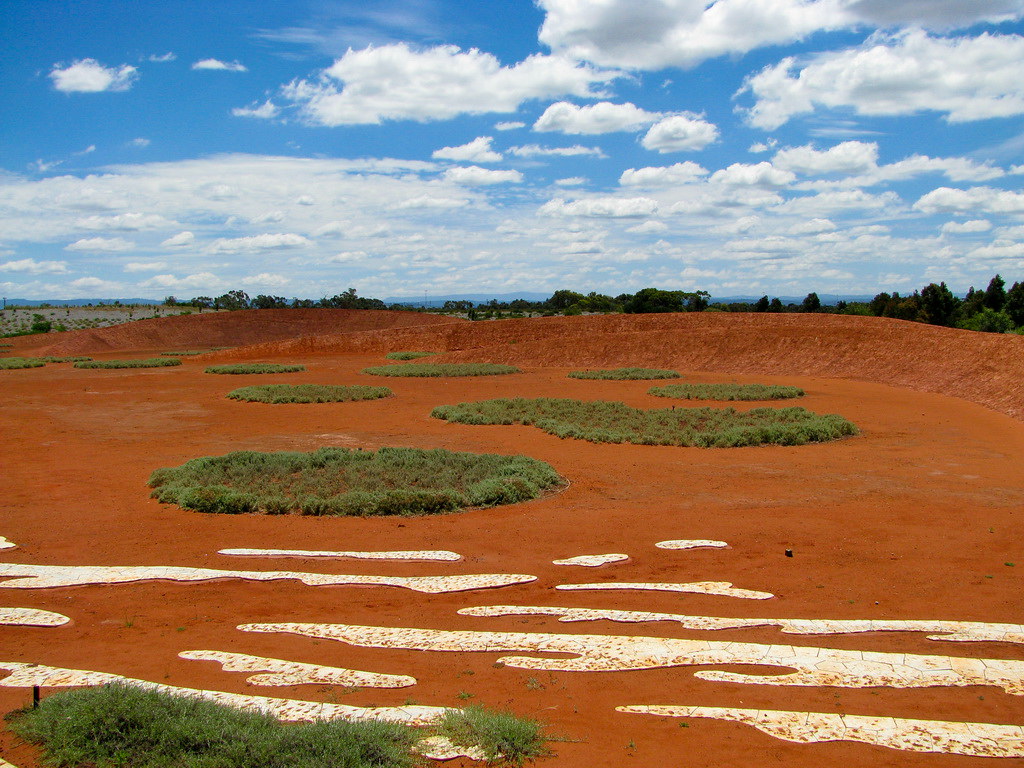
Practicing ethical fishing in the Outback’s delicate ecosystems ensures these pristine environments remain healthy for future generations. Catch-and-release should be your default approach, particularly for large breeding-size fish that maintain population health, using barbless hooks and minimizing handling time to increase survival rates. When keeping fish for consumption, take only what you need and adhere strictly to size and bag limits, understanding that remote waterways can be more vulnerable to overfishing than coastal systems with higher fish populations. Prevent the spread of invasive species by thoroughly cleaning all gear when moving between waterways, especially for equipment like waders, nets, and boats that can transport microscopic organisms. Additionally, be mindful of bank erosion and vegetation damage when accessing fishing spots, using established tracks where available and avoiding creating new access paths that can lead to environmental degradation.
Budget Planning and Cost Considerations

Accurately budgeting for an Outback fishing adventure requires accounting for numerous specialized expenses beyond those of typical vacations. Vehicle costs represent the largest expenditure for most trips, including potential 4WD rentals (AUD$150-300 per day), comprehensive insurance coverage for remote travel, and fuel calculations that account for rough terrain consumption rates of 20-30% above normal usage. Permits and licenses can quickly accumulate, with fishing licenses, camping permits, and indigenous land access fees potentially totaling several hundred dollars depending on your itinerary. Equipment investments should include quality camping gear rated for extreme conditions, specialized fishing tackle, and safety equipment like satellite communications devices that can be rented if purchase isn’t practical. Food and water expenses increase substantially in remote areas, where limited supplies at outback stores can cost 50-100% more than in major cities, making advance purchasing and meal planning essential for budget control.
Planning Your Outback Fishing Itinerary

Creating a realistic itinerary for Outback fishing requires balancing ambition with practical limitations of distance, conditions, and time. Build flexibility into your schedule, allocating buffer days for weather events, unforeseen delays, or extended stays at particularly productive fishing locations. Distances in the Outback are deceptive – plan for average speeds of 60-80 km/h on unsealed roads and as little as 20-30 km/h on rough tracks, making 200-300 km a full day’s journey in many areas. Research tide patterns for coastal river systems, as tidal influence can extend hundreds of kilometers inland and dramatically affect fishing success and even river crossability. Consider organizing your trip around the phases of the moon, as many Outback species, particularly barramundi, feed more actively during certain lunar periods, with the days around the new and full moons often producing the most consistent action.
Australia’s Outback offers some of the last truly wild fishing experiences available anywhere in the world. A DIY fishing safari through these remote territories demands thorough preparation, respect for the environment and traditional owners, and a spirit of self-reliance. However, those who make the effort are rewarded with not just exceptional fishing but also profound connections to ancient landscapes that few visitors ever experience. The solitude of casting a line across waters that may not have seen another angler for months, beneath star-filled skies undiminished by light pollution, creates memories that last a lifetime. By following these guidelines and embracing both the challenges and privileges of Outback travel, you’ll be well-equipped for an authentic Australian fishing adventure that goes far beyond the ordinary.

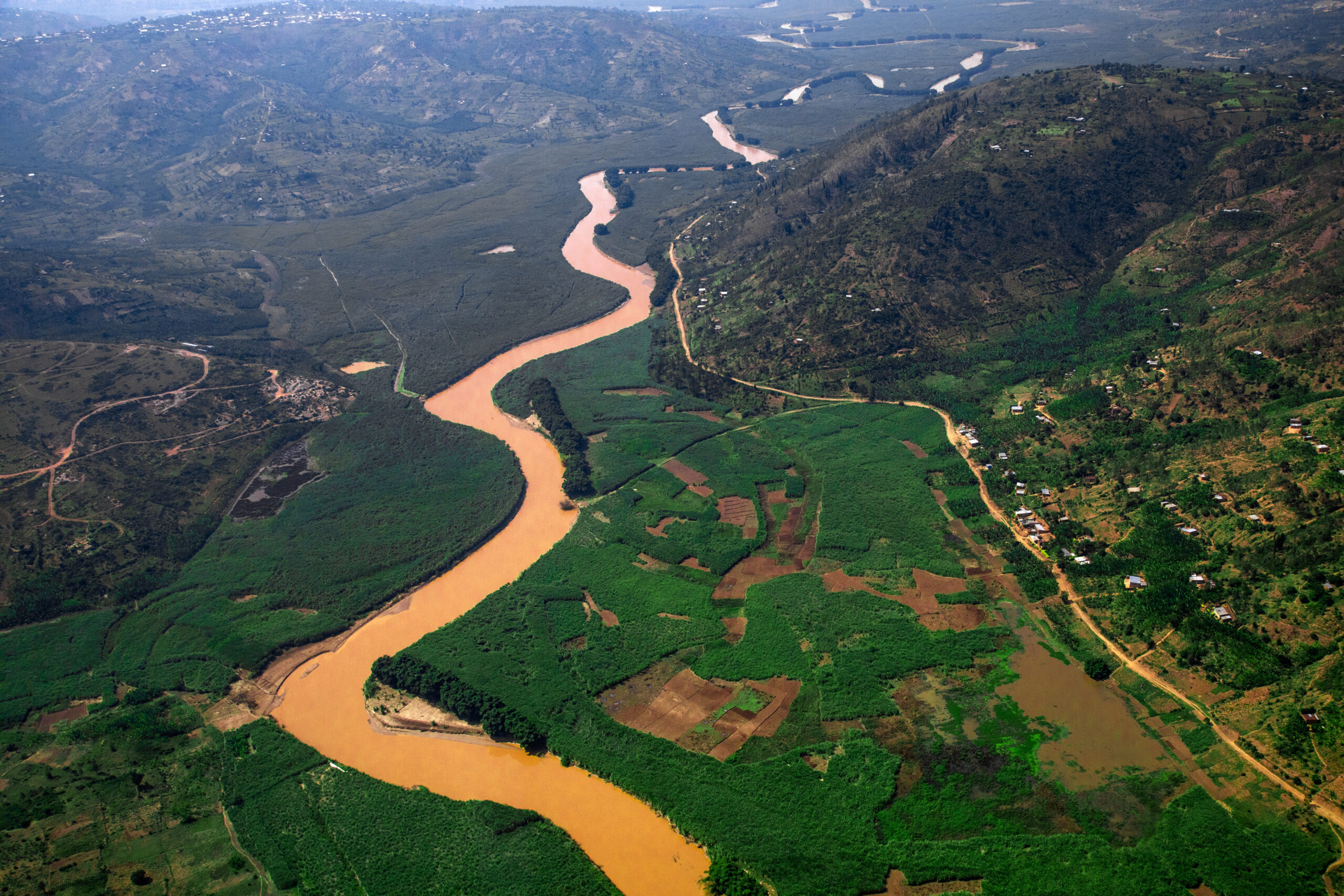

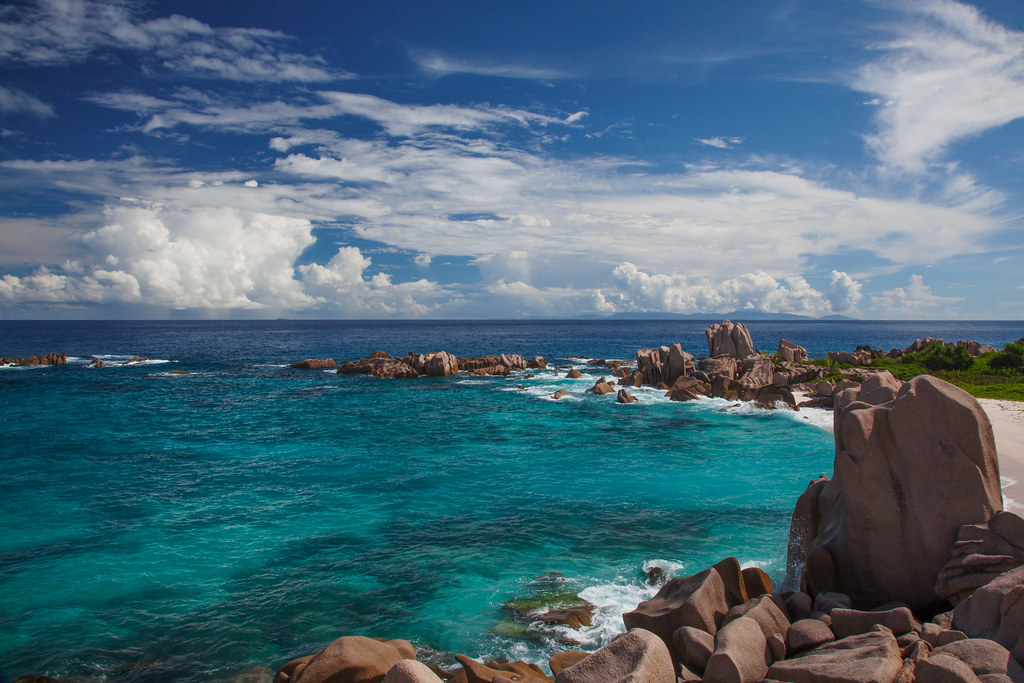
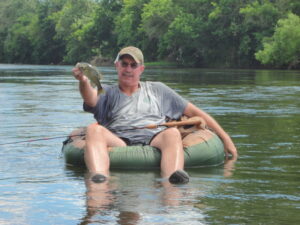
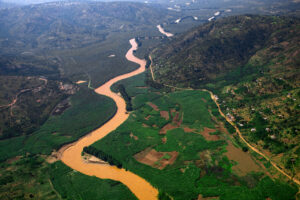








Post Comment